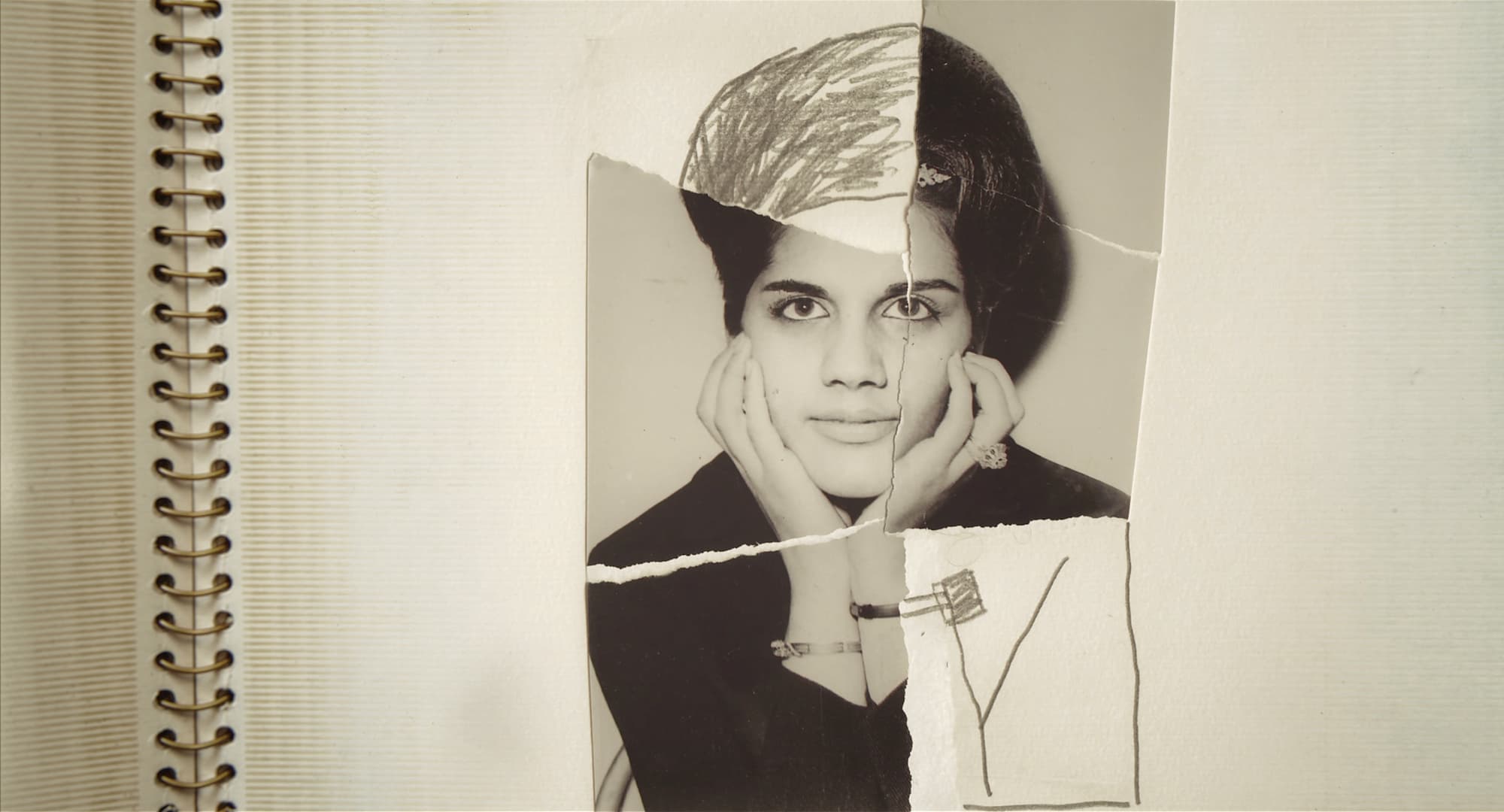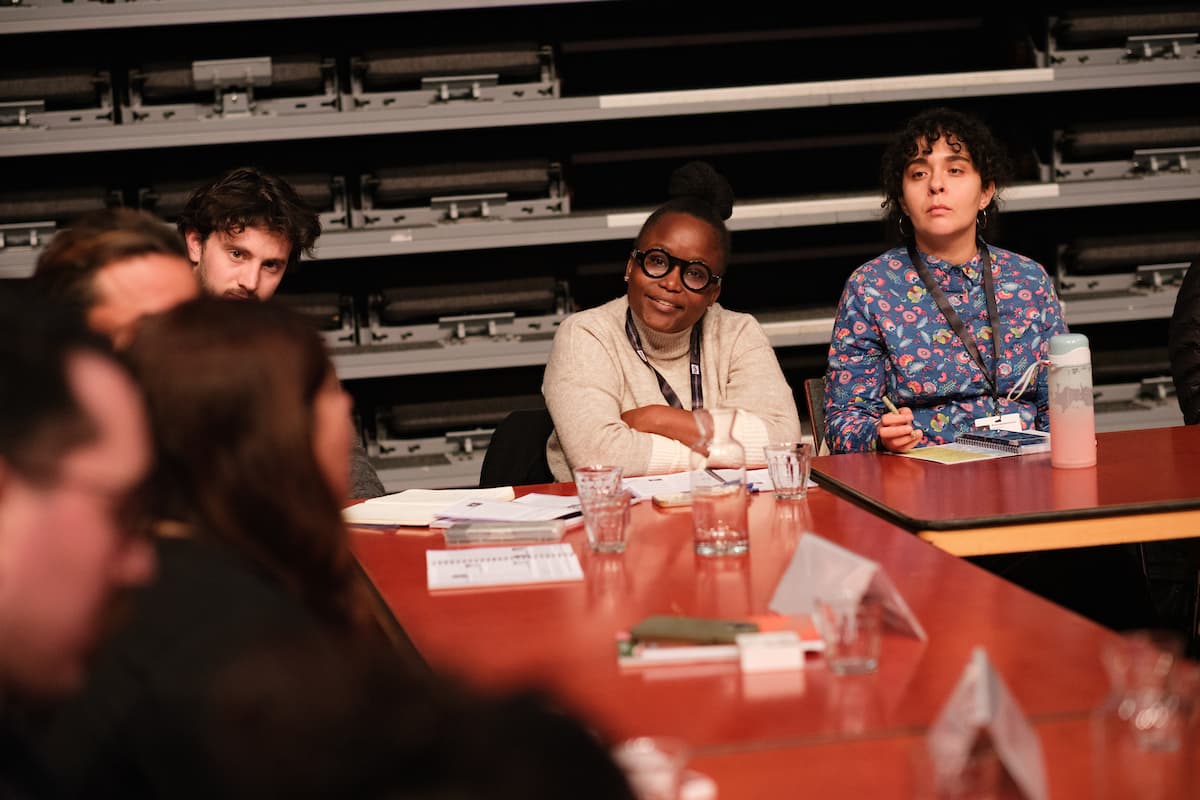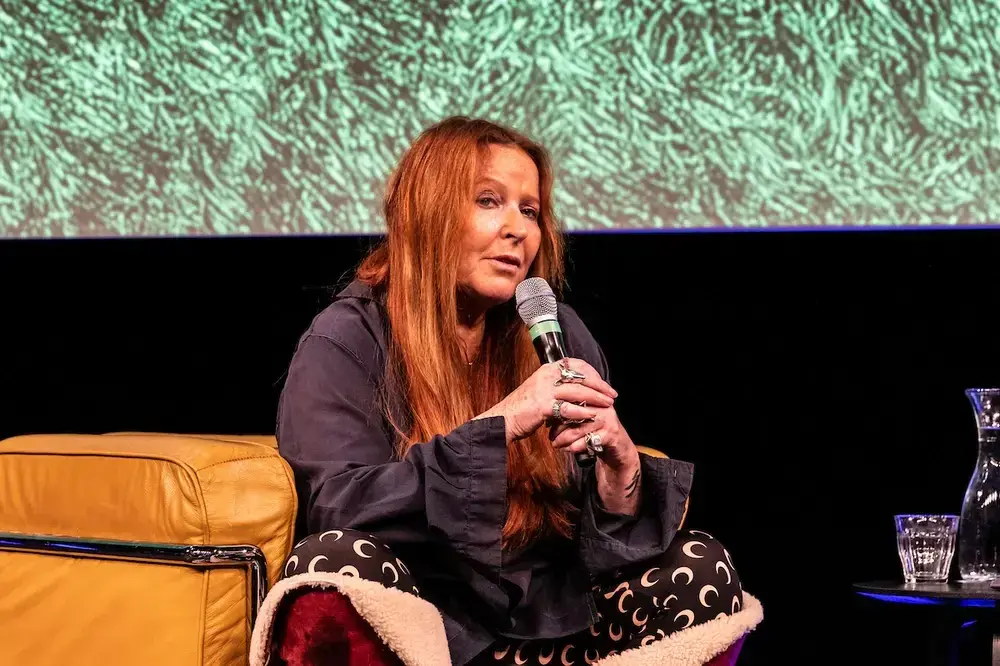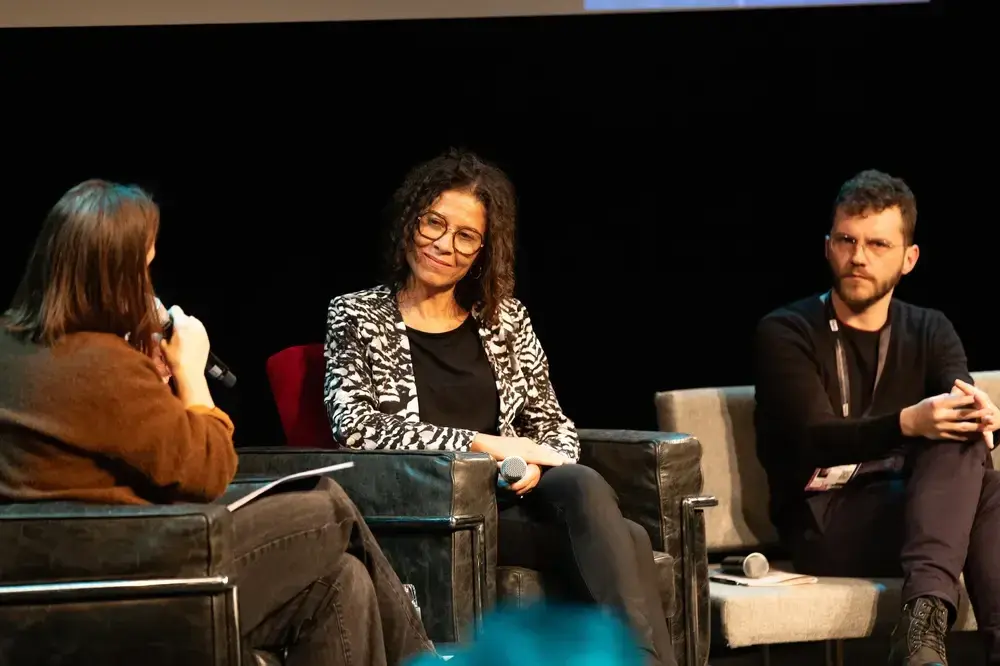
IDFAcademy Opening Talk with Firouzeh Khosrovani
IDFAcademy kicked off with an Opening Talk with esteemed Iranian filmmaker Firouzeh Khosrovani on November 13.
The Opening Talk with Firouzeh Khosrovani marked the start of IDFAcademy, IDFA’s intensive training program for emerging documentary filmmakers and producers. In the in-depth conversation with IDFA’s Artistic Director Isabel Arrate Fernandez who took the festival’s helm earlier this year, Khosrovani discussed her oeuvre and the persistence in pushing the cinematic form amid the tightening political realities in Iran. Khosrovani is at IDFA with her latest feature documentary Past Future Continuous co-directed with Morteza Ahmadvand, which will have its international premiere in the Envision Competition. Her earlier film Radiograph of a Family snagged the IDFA Award for Best Feature-Length Documentary and the Beeld & Geluid IDFA ReFrame Award for Best Creative Use of Archive in 2020.
Past Future Continuous
Tracing her filmmaking journey and the beginnings of her commitment to visual form, one which was nurtured first during her studies of the fine arts, Khosrovani reflected on her debut short film Rough Cut (2007). The film began with “a Buñuelian scene” she witnessed on the streets of Tehran while window shopping: two plastic breasts, detached from a female mannequin, rolling down the sidewalk. The chance sight intrigued her, initially taking shape as the written word in her journalistic work and later as a filmic probe—exploring the reproductions of the female figure and their prohibition during the Iranian Revolution, as well as the mannequins’ eventual comeback to the country’s storefronts as the revolutionary fervor waned. Albeit now, as Khosrovani recounted during the Talk, the mannequins feature “Islamically correct” bodies, grotesquely severed to minimize the display of female features.
Rough Cut was the first in a string of films that have taken Khosrovani to film festivals across the globe. The return to Iran, however, has often been overshadowed by a sense of unease. “When we return home, we feel anxious that we might be called by the authorities to explain why we made this film, and for whom,” Khosrovani detailed in the conversation. Her autobiographical story in the 2014 ensemble piece Profession: Documentarist by a collective of seven women filmmakers in Iran captured this looming anxiety when she was questioned over what her interrogator described as “worry[ing]” films that “denigrate Iranian society.” Expanding on this topic, Arrate Fernandez considered whether working within such a collective could also offer “a way to deal with these limitations.” With Profession: Documentarist, the seven filmmakers chose to make the film collaboratively to address the hurdles faced by women working in documentary film in Iran, with each director exploring a facet of this often taxing process, as Khosrovani said. However, given the complexity of Iranian reality and the constant need to maneuver between the red lines, the filmmakers’ inventive ways to circumvent (self-)censorship are also “fascinating”, she added.
The discussion then moved to Khosrovani’s more recent works, diving into the creative choices she has made to translate her vision on screen under the repressive system. Radiograph of a Family marked the start of her collaboration with Ahmadvand (the film’s art director) that carried on through their next documentary Past Future Continuous, this time with Ahmadvand as a co-helmer. As Khosrovani noted, the first question when working on Radiograph of a Family was how to extend her “very personal story to others.” Its main access point was her parents who represented the opposite poles of the Revolution (with her secular progressive father and devout Muslim mother), and stylized shots of their home presented “a portrait of an era,” reflecting how the religious laws and state directives “entered and changed its interior” over time.
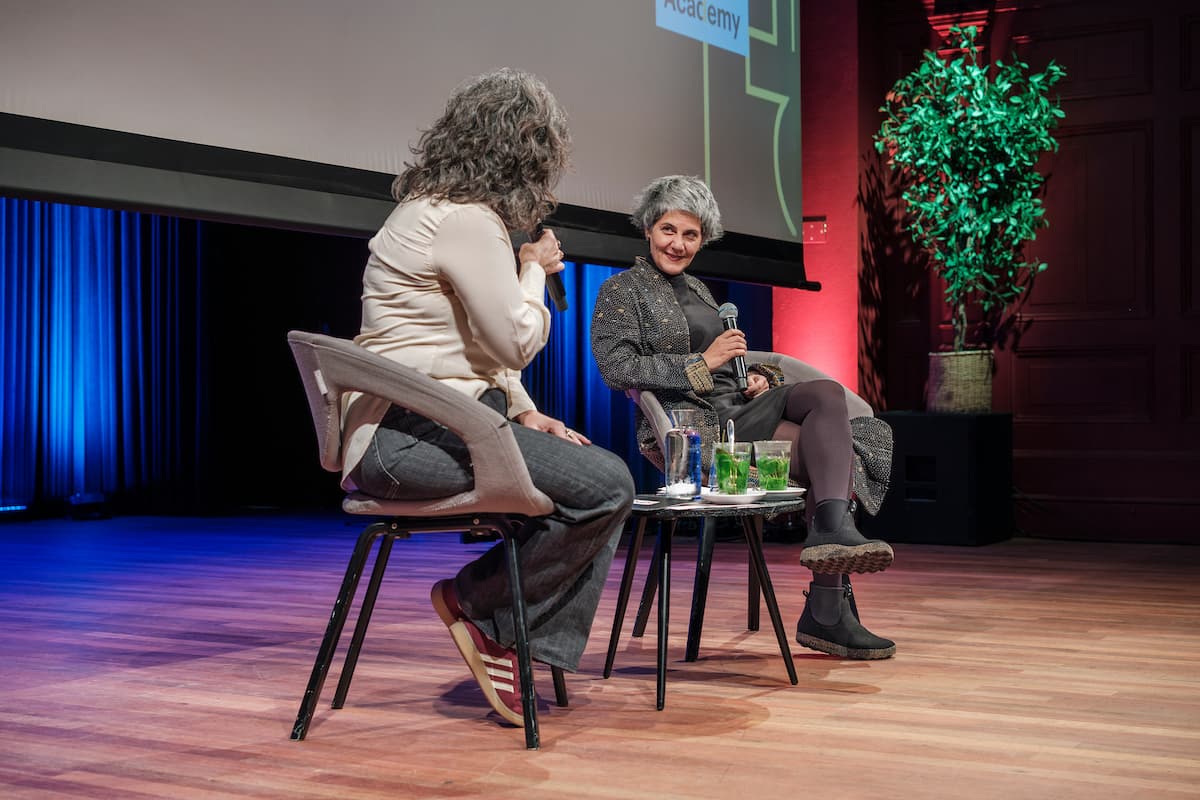
Firouzeh Khosrovani and Isabel Arrate Fernandez (Artistic Director)
Arrate Fernandez further observed the tension between the “extremely personal story” and “how constructed it is” in the film. Its making came at a time of the filmmaker’s “maturity” when she had sufficient distance from the past, as Khosrovani remarked, but it also took intentional efforts to achieve a degree of unsentimentality and universality. This included meticulous writing, “engineering of the timeline,” with the Revolution placed at midpoint “to recognize the two worlds without judging,” and “designing” of images. She also composed fictionalized dialogues, altering her parents’ names “to deal with the characters” before putting them back in, and let film’s editor Farahnaz Sharifi narrate voice-over in her place.
In that regard, Past Future Continuous takes the concept of a construct a step further, Arrate Fernandez argued, reimagining the notions of closeness and distance, intimacy and separation. Elaborating on the film’s distinct visual language, Khosrovani also noted how it weaves in home videos, stylized images of a migratory bird (a metaphor for the protagonist who fled to the US), and a montage gathered from security cameras mounted in her parental home to overcome the distance imposed by the impossibility of return. “We wanted to tell the story of exile—not in the destination country, but what is left behind: the absence and longing,” she concluded.

